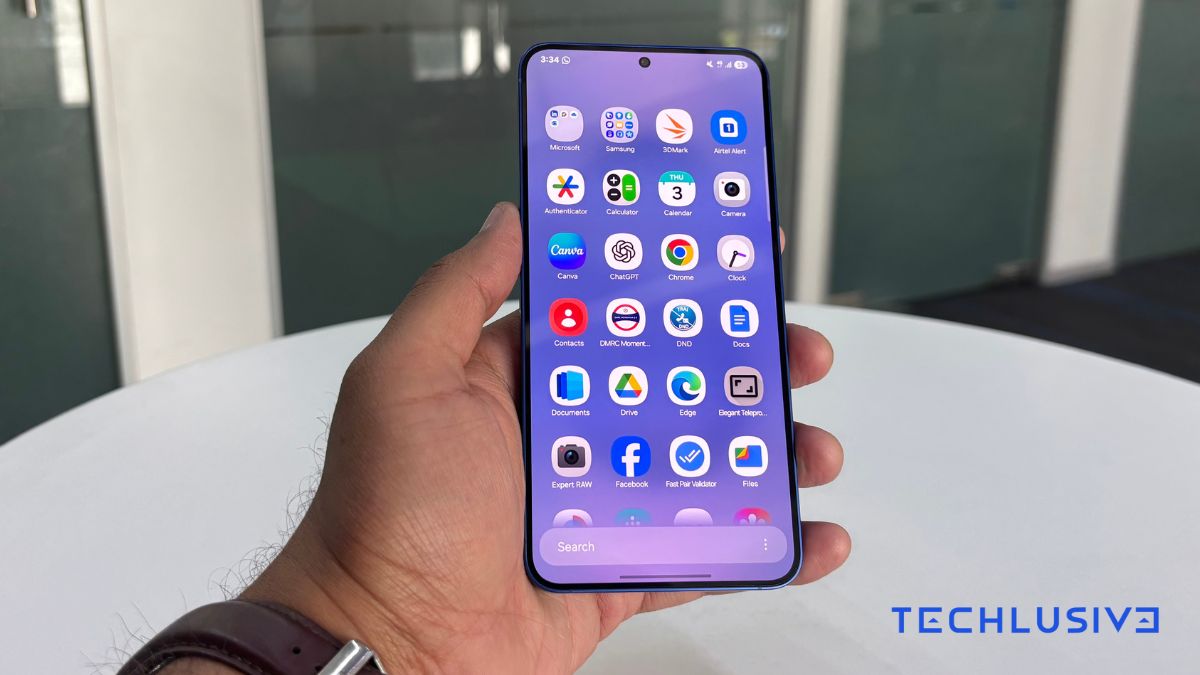“Continue making Mexico the best country in the world.” That is the ambitious objective of Claudia Sheinbaum, current president of Mexico, who will face a complicated panorama in the coming weeks due to the tariff plans of a Donald Trump who has entered the White House with a strong foothold.
And to achieve that goal, Sheinbaum has presented his government’s 13 goals to reduce poverty and inequality, while turning the country into an attractive destination for investors.
Mexico Plan. On January 13, Sheinbaum announced to the nation that “Mexico has a plan and is united moving forward.” He commented that there is a portfolio of intention of national and foreign investments and that, to attract all possible capital, they have created 13 goals to continue developing the country.
These points of the Mexico Plan are the following:
- Go from the 12th economy to the tenth in the world.
- Raise the proportion of investment to GDP, above 25%.
- Generate 1.5 million jobs.
- 50% of what is consumed in the country are products “made in Mexico” in the textile, footwear, furniture and toys sectors.
- Increase national content by 15%.
- 50% of public purchases will be of national production.
- Vaccines made in Mexico thanks to advanced biotechnology programs.
- Going from 2.5 years to one year the time it takes to process a new business, also with the requirements for this reduced by 50%.
- Increase 150,000 additional professionals and technicians annually to those already generated.
- Business environmental sustainability.
- 30% of SMEs with access to financing from both private and government banks.
- Be one of the five most visited countries worldwide.
- Reduce poverty and inequality.
Milmillonario. One of the legs on which Plan Mexico will be based is to attract investments. According to the Government, nearly 2,000 projects are being contemplated by companies seeking to establish themselves in the country, which implies national and foreign investments of 277,000 million dollars.
“Made in Mexico”. Something that is mentioned several times in the plan is the concept of “made in Mexico”, and as we see on the BBC, it is something that has every intention. One of the main focuses of this strategy is to return to manufacturing elements in Mexico to develop an industry that has been left aside.
For example, prioritizing the textile sector that had been relegated to what Mexico imported, mainly from countries like China. Over the last decades, the country stopped producing what it consumed to import it from Asia and Rogelio Ramírez, Secretary of the Treasury, declared that “10% of exports currently have Mexico as a destination.”
Playing both sides. Ramírez commented that “this loss of participation cost us, especially Mexico and the United States, a lot of industry and loss of activity. “Entire sectors were lost.” This is why a plan that favors the national business fabric can benefit both Mexico and its main trading partner, the United States.
The Government document stated that China had monopolized the international industry and that the objective was to make Mexico recover lost ground. Ramírez explained that, if 10% of China’s exports to North America are replaced with Mexican products, the country’s GDP would increase by 1.2%, that of the United States by 0.8% and that of Canada by 0. .2%.
The problem is that Mexico and China have been strengthening their relations for years. So much so that trade between both countries skyrocketed during 2024, turning Mexico into the gateway for Chinese products to the United States and, therefore, to the Asian giant as a valuable trading partner. An example is electric car companies such as JAC or SEV, which have already announced million-dollar investments to open factories in Mexico. And BYD is also very clear that, to enter the US market, they need to make the leap to Mexico.

“No recipe for Donald Trump”. Despite Trump’s threats, Mexico can be crowned an important trading partner of the United States to get rid of China. We will see what happens with the protectionist policies that the new American president has promised during his campaign, since they may not have been just lip service.
The reason is that Trump has no expectations of reelection, so he can go in with everything, giving free rein to his most aggressive ideas and policies. He has threatened Mexico on several occasions, as well as Canada, and Carlos Pérez Ricart, from the Center for Economic Research and Teaching, believes that “there is no recipe or adequate response for Donald Trump. Nobody has the key here and there is so much uncertainty in terms of rates and interventionism that there is nothing clear that can be planned.”
What is evident is that Sheinbaum is clear that, coinciding with the arrival of the new president of the United States, citizens should know that there is a plan B in the medium and long term. We will see if it is enough and to what extent the promised US protectionism affects Mexico.
Images | White House, Aeneas of Troy
In WorldOfSoftware | China and the US want the same territory in South America. China has offered an ambitious project, Trump will enter by force












